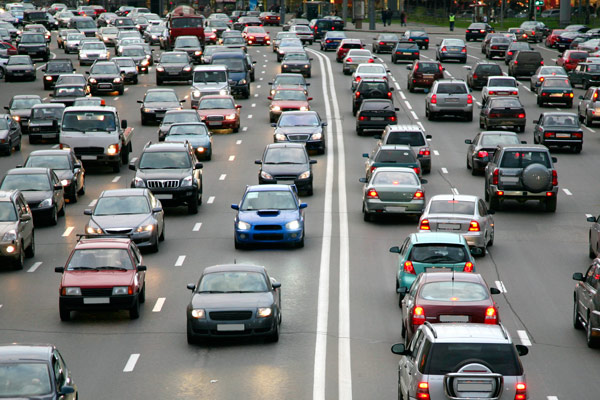
The natural world is a delicate balance of interdependent ecosystems and the creatures that inhabit them. Unfortunately, human activities like driving can have a significant impact on wildlife and ecosystems. In this blog post, cash for unwanted cars Brisbane will explore the impact of driving pollution on the environment and the steps we can take to reduce it.
The Impact of Driving Pollution on Wildlife
Driving pollution, also known as vehicle emissions, is a major contributor to air pollution. When we drive, our cars release harmful gases like carbon monoxide, nitrogen oxides, and particulate matter into the air. These gases have a direct impact on wildlife, particularly on animals that live near busy roads.
For example, birds living near busy roads have been found to have lower egg production and fewer offspring. This is because the gases released by cars can damage their respiratory systems and make it harder for them to breathe. Similarly, mammals like deer and foxes can be affected by driving pollution, which can lead to respiratory problems, decreased fertility, and even death.
Over time, the impact of driving pollution can lead to long-term declines in wildlife populations. This is particularly concerning for endangered species that are already struggling to survive in their habitats.
The Impact of Driving Pollution on Ecosystems
Driving pollution not only affects individual animals but also entire ecosystems. For example, nitrogen oxides released by cars can react with other chemicals in the air to create smog, which can damage plants and trees. This can have a ripple effect throughout an entire ecosystem, as plants provide food and shelter for a variety of animals.
In addition, driving pollution can also affect water quality. When it rains, the chemicals in car emissions can be carried into nearby streams and rivers, polluting the water and harming aquatic wildlife.
Steps We Can Take to Reduce the Impact of Driving Pollution
Fortunately, there are steps we can take to reduce the impact of driving pollution on the environment. As individuals, we can reduce our driving by carpooling, using public transportation, or walking and biking. We can also choose more fuel-efficient vehicles and make sure to keep them well-maintained.
Policies and regulations can also help reduce driving pollution. For example, cities and countries can implement initiatives like congestion charges, which charge drivers a fee for driving in busy areas during peak times. This can incentivize people to use public transportation or bike instead of driving.
Many cities and countries have already implemented successful initiatives to reduce driving pollution. For example, Copenhagen, Denmark has invested in a network of bike lanes and pedestrian streets, making it easy and safe for people to bike or walk instead of driving. Similarly, London, England has implemented a congestion charge, which has reduced traffic by 30% and cut emissions by 20%.
Conclusion
Driving pollution is a serious issue that has a significant impact on wildlife and ecosystems. By taking steps to reduce our driving and advocating for policies that prioritize the environment, we can help mitigate the impact of driving pollution. Let’s work together to create a sustainable future for ourselves and the natural world around us.
